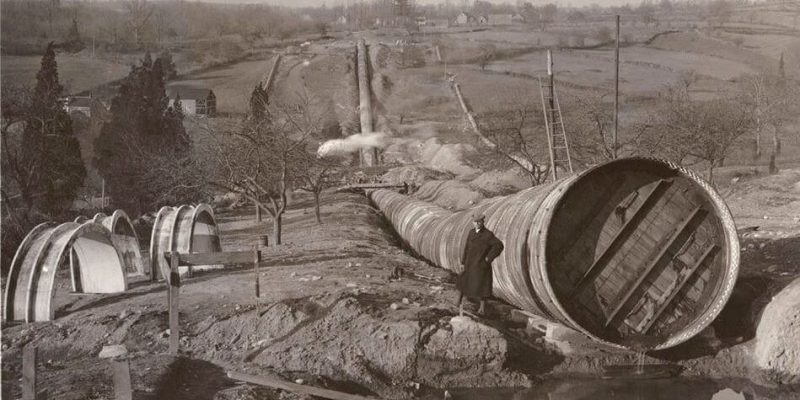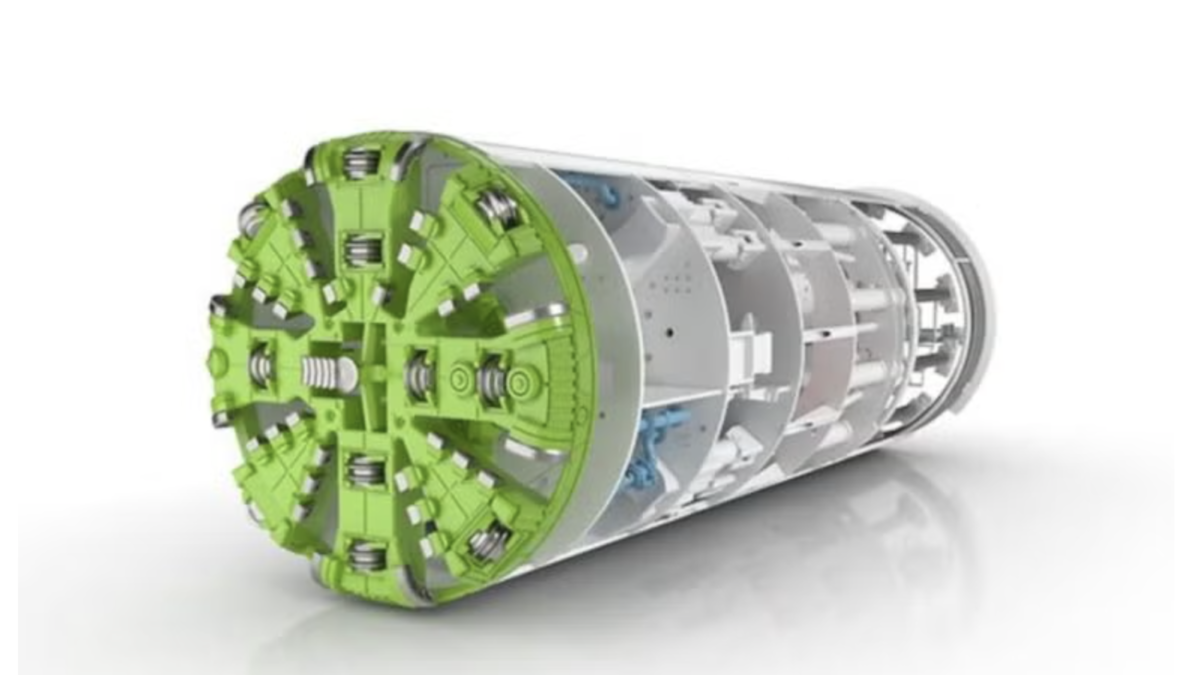
A section of United Utilities’ £1.75bn project to update the Haweswater Aqueduct in northwest England that runs via the Forest of Bowland looks positioned to be confirmed.
The aqueduct was constructed between 1933 and 1955 and operates 110km from Cumbria to Greater Manchester.
United Utilities’ Haweswater Aqueduct Resilience Program has suggested replacing six tunnel sections along the route, totalling a length of 53km.
Lancaster City Council has advised agreeing to the submitted Bowland section of the project, which includes 16.9km of replacement pipeline, after details of the project were argued at a planning regulatory committee meeting on 9 January.
The Bowland section of the pipeline initiates at Lower Houses aqueduct pumping station in the Lancaster City district, runs through the heart of the Forest of Bowland Area of Outstanding Natural Beauty and ends Newton-in-Bowland in the Ribble Valley district.

Since the pipeline crosses a local authority boundary, the section has requested affiliated planning applications to be submitted to both Lancaster City Council and Ribble Valley Borough Council.
The works would apply using a TBM to build a new aqueduct tunnel from the south, from a vital temporary working compound near Newton-In-Bowland to its deliberate reception site at another temporary construction compound at Lower Houses in the north.
The intricate topography in the Lancaster section of the project means that the max depth of the new tunnel section would be nearly 380m underground. This newly built section of the aqueduct would then join with the current multi-line siphon elements of the existing one at Lower Houses.
In addition, this section’s replacement will contain earthworks and ancillary infrastructure. It comprises a new valve house building within a fenced mixture with vehicle access and an area of suggested ground raising for landscaping. It also comprises the installation of a tunnel shaft and an open-cut connection area within a temporary construction compound containing site accesses, storage areas, plant and machinery, and drainage infrastructure.
The temporary works at Lower Houses are predicted to last for five years – from 2024 to 2029, so the tunnel boring machine can be received and removed from the site.
The new tunnel sections cross seven different local planning authorities. Therefore, several planning applications have been proposed for the project. In August 2022, Bury Council authorised the construction of 2.6km of replacement pipeline in the district.
In November, United Utilities called the three shortlisted consortia tendering for the £1.75bn Haweswater Aqueduct Resilience Program contract. The program is designated to be the first in the UK water sector to use a new model of “direct procurement for customers” (DPC).
Work on the resilience program is anticipated to begin this year.
















